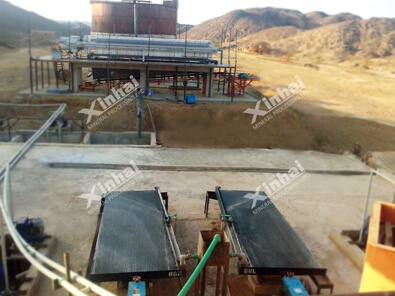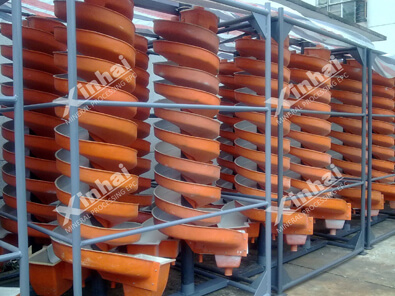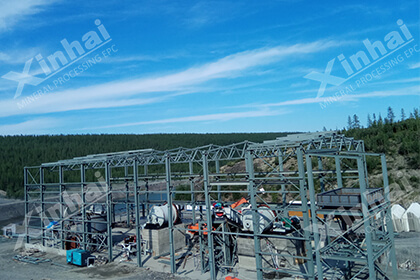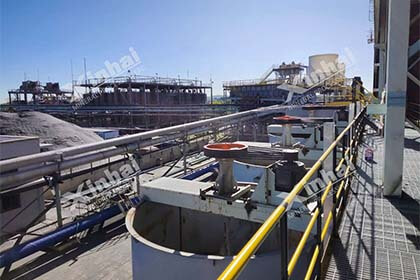The Ultimate Guide to Dolomite Processing Equipment
 Laura
Laura
 Jan 29, 2024
Jan 29, 2024
 586
586
If you want to know more details about equipment, solutions, etc, please click the button below for free consultation, or leave your requirements!
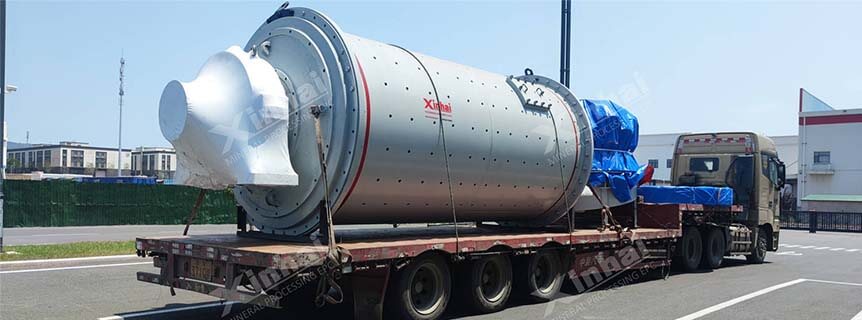
( The ball mill is being transported )
Welcome to the ultimate guide to dolomite processing equipment. Dolomite, a versatile and widely used mineral, requires specialized equipment for efficient processing. Whether you are involved in mining, construction, agriculture, or other industries utilizing dolomite, understanding the different types of processing equipment available is crucial. In this comprehensive guide, we will take you through the world of dolomite processing equipment, exploring its various types, features, benefits, and considerations. By the end, you will have a solid understanding of how to choose and utilize the right equipment for your dolomite processing needs.
01What is Dolomite?
BackDolomite is a sedimentary rock composed primarily of calcium and magnesium carbonate. It is widely used in various industries due to its versatility and desirable properties. Dolomite is processed to produce various products such as aggregates, fillers, fertilizers, and chemicals. Processing dolomite enhances its purity, particle size, and other characteristics to meet specific industry requirements.
02Dolomite Processing Methods
BackDolomite processing can be achieved through various methods, depending on the desired end products and applications. The primary processing methods include crushing, grinding, separation, classification, drying, calcination, and storage. Each method employs specific equipment and techniques to transform raw dolomite into the desired form.
03Crushing and Grinding Equipment
BackCrushing and grinding equipment are essential for reducing the size of dolomite rocks into smaller particles. Jaw crushers, impact crushers, cone crushers, and grinding mills are commonly used in dolomite crushing and grinding processes. These equipment types are designed to break down the rocks efficiently, achieving the desired particle size distribution.
04Separation and Classification Equipment
BackSeparation and classification equipment are employed to separate dolomite particles based on their size, density, or other properties. Vibrating screens, cyclones, and classifiers are commonly used for this purpose. These equipment types ensure proper particle separation and classification, enabling the production of uniform and high-quality dolomite products.
05Drying and Calcination Equipment
BackDrying and calcination equipment are utilized to remove moisture from dolomite and optimize its chemical properties. Rotary dryers and kilns are commonly employed for drying and calcination processes. These equipment types facilitate efficient moisture removal and chemical transformations, preparing dolomite for further processing or direct use.
06Storage and Handling Equipment
BackStorage and handling equipment play a vital role in maintaining dolomite quality and facilitating smooth operations. Silos, conveyor systems, and bulk material handling equipment are used to store, transport, and handle dolomite products efficiently. Proper storage and handling ensure product integrity and minimize material loss during processing.
07Factors to Choose Dolomite Processing Equipment
BackWhen selecting dolomite processing equipment, several factors must be considered. These include production capacity, desired product specifications, energy efficiency, maintenance requirements, cost-effectiveness, and compatibility with existing systems. Understanding your specific processing needs and evaluating these factors will help you choose the most suitable equipment for your operations.
08Benefits of Using Dolomite Processing Equipment
BackUsing dolomite processing equipment offers numerous benefits. It improves productivity, enhances product quality and consistency, reduces labor requirements, optimizes energy consumption, and increases operational efficiency. Investing in high-quality dolomite processing equipment can lead to cost savings, improved profitability, and a competitive advantage in the market.
09Maintenance and Safety Considerations
BackProper maintenance and safety practices are essential for ensuring the longevity and safe operation of dolomite processing equipment. Regular inspections, lubrication, and adherence to manufacturer guidelines are crucial. Implementing safety measures, providing proper training to operators, and using protective equipment are vital for maintaining a safe working environment.
10Leading Manufacturers and Suppliers
BackWhen purchasing dolomite processing equipment, it is important to source from reputable manufacturers and suppliers. Research and identify leading companies with a proven track record in providing high-quality equipment and reliable customer support. Seek recommendations, read customer reviews, and evaluate their expertise in dolomite processing.
11Conclusion
BackIn conclusion, this ultimate guide has provided a comprehensive overview of dolomiteprocessing equipment. We have explored the various types of equipment used in crushing, grinding, separation, classification, drying, calcination, storage, and handling processes. By understanding the different methods and equipment available, you can make informed decisions when choosing the right equipment for your dolomite processing needs.
 +86 18716000713
+86 18716000713 xlyin@xinhaimining.net
xlyin@xinhaimining.net




 Message
Message Chat Now
Chat Now


